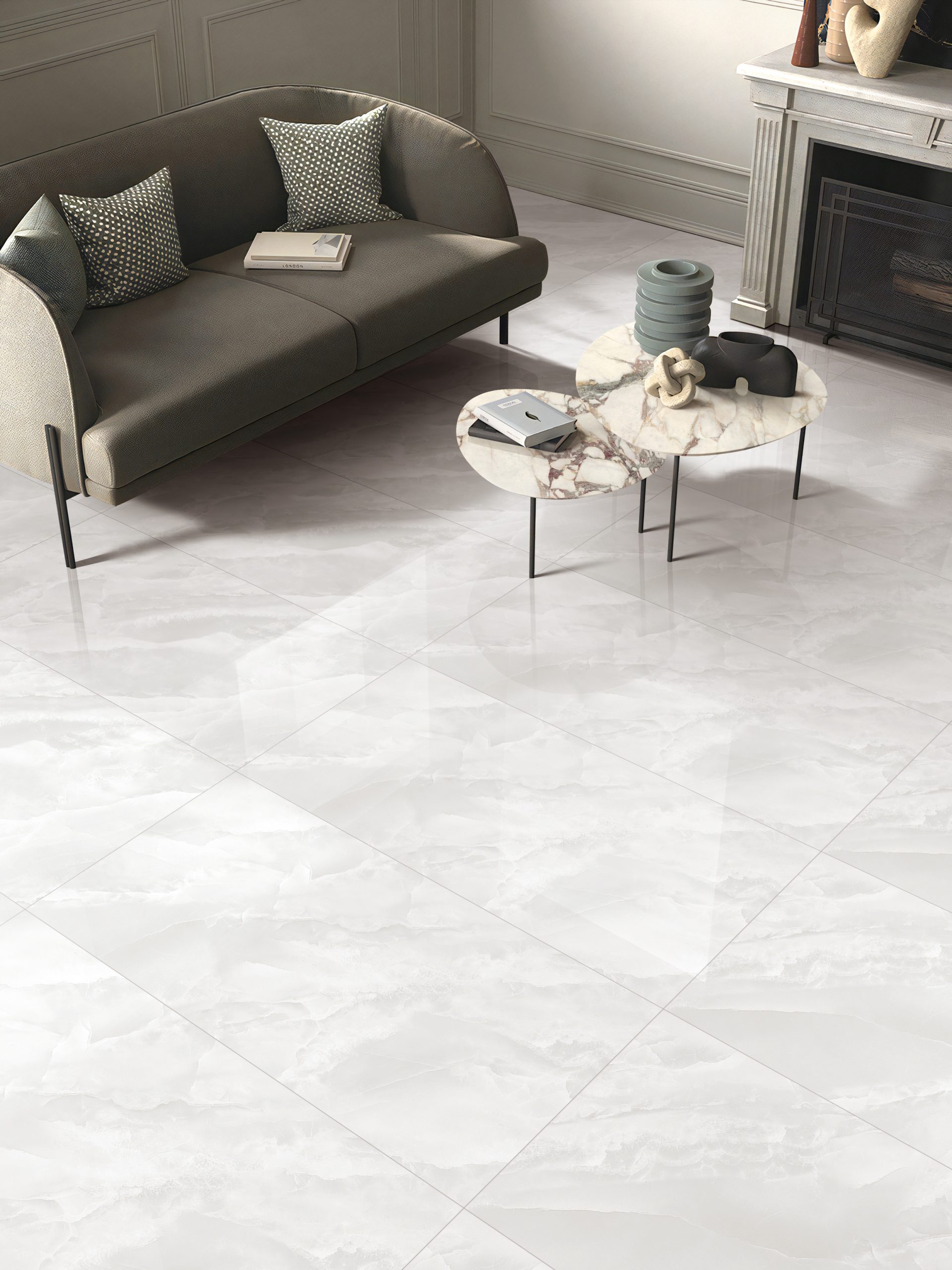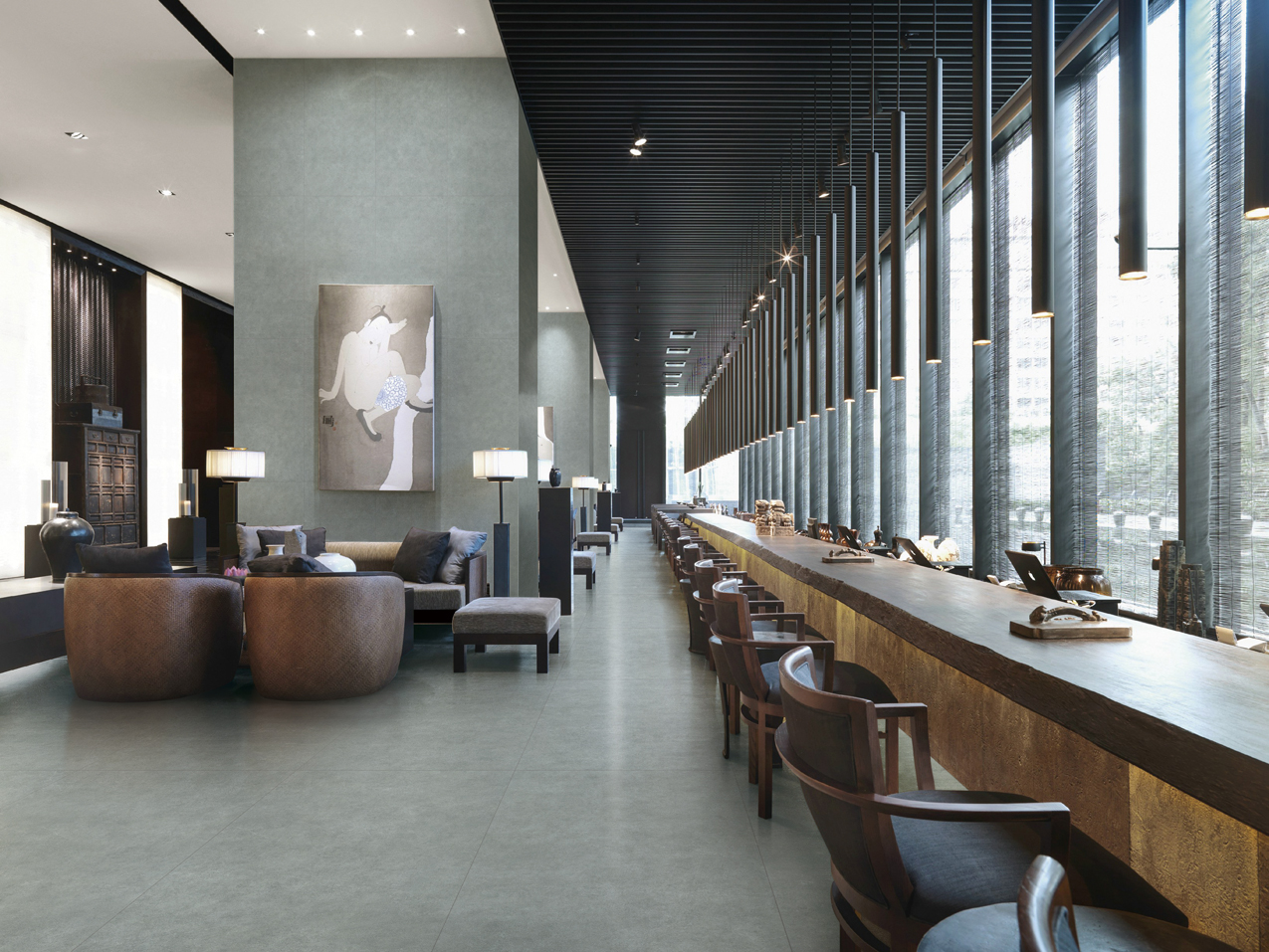
Tile Industry Focuses on Innovation and Standards, New Products and Services Shape New Market Landscape
The tile industry is currently experiencing dynamic activity in product innovation and service standardization, with functional products and standardized services jointly driving industrial upgrading.
On the product front, velvet-finish matte tiles have become a new market favorite, acclaimed for their unique silky texture and exceptional stain and seepage resistance. Through technological innovation, this product category effectively addresses the pain point of traditional matte tiles being prone to staining. Its delicate touch and subtle visual effects accurately align with currently popular home design styles like cream-style and minimalism, generating significant consumer interest and notably improving sales conversion rates in the market.
In the realm of service and standards, the industry has made significant progress in installation standardization. The recently released “Technical Specification for Seamless Ceramic Tile Installation” group standard provides clear guidelines for installation quality. This standard classifies joint widths, with the top tier requiring gaps smaller than 0.5mm. Through systematic process control, it aims to resolve the industry challenge of inconsistent construction quality and ensure consumers achieve the “what you see is what you get” renovation outcome.
Regarding the international market, regional economic and trade cooperation is injecting new momentum. This year, facilitated by the deepening implementation of RCEP, tile trade and cooperation between China and member states in Southeast Asia and other regions have become increasingly close. More frequent procurement and matching activities are creating expanded opportunities for domestic tile enterprises to explore overseas markets.
Looking ahead, the industry is poised to continue its shift towards greener and smarter development. By delving into specialized functional markets and strengthening international layout, it will open new pathways for high-quality growth.



